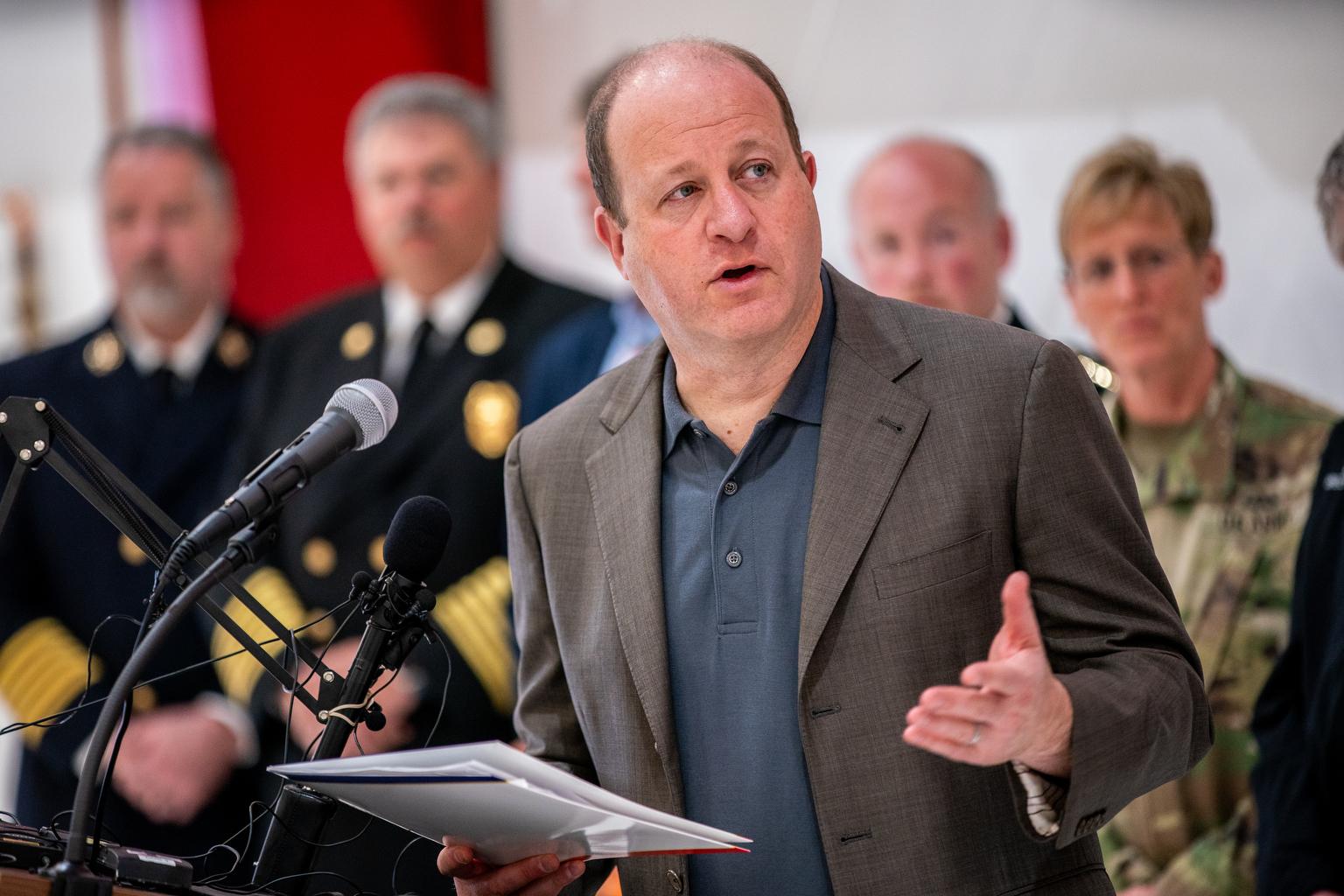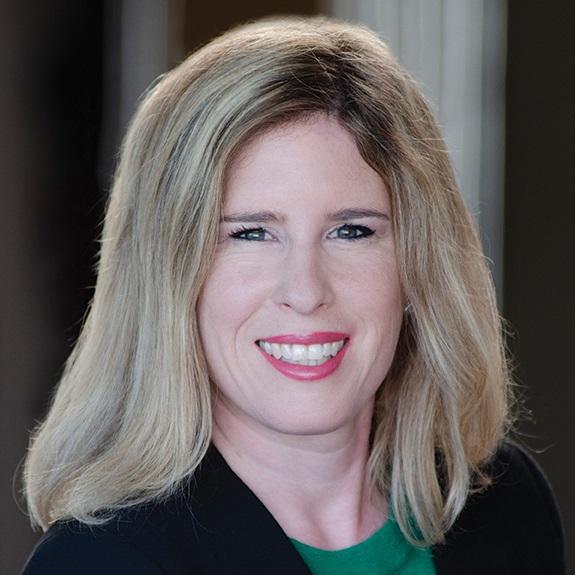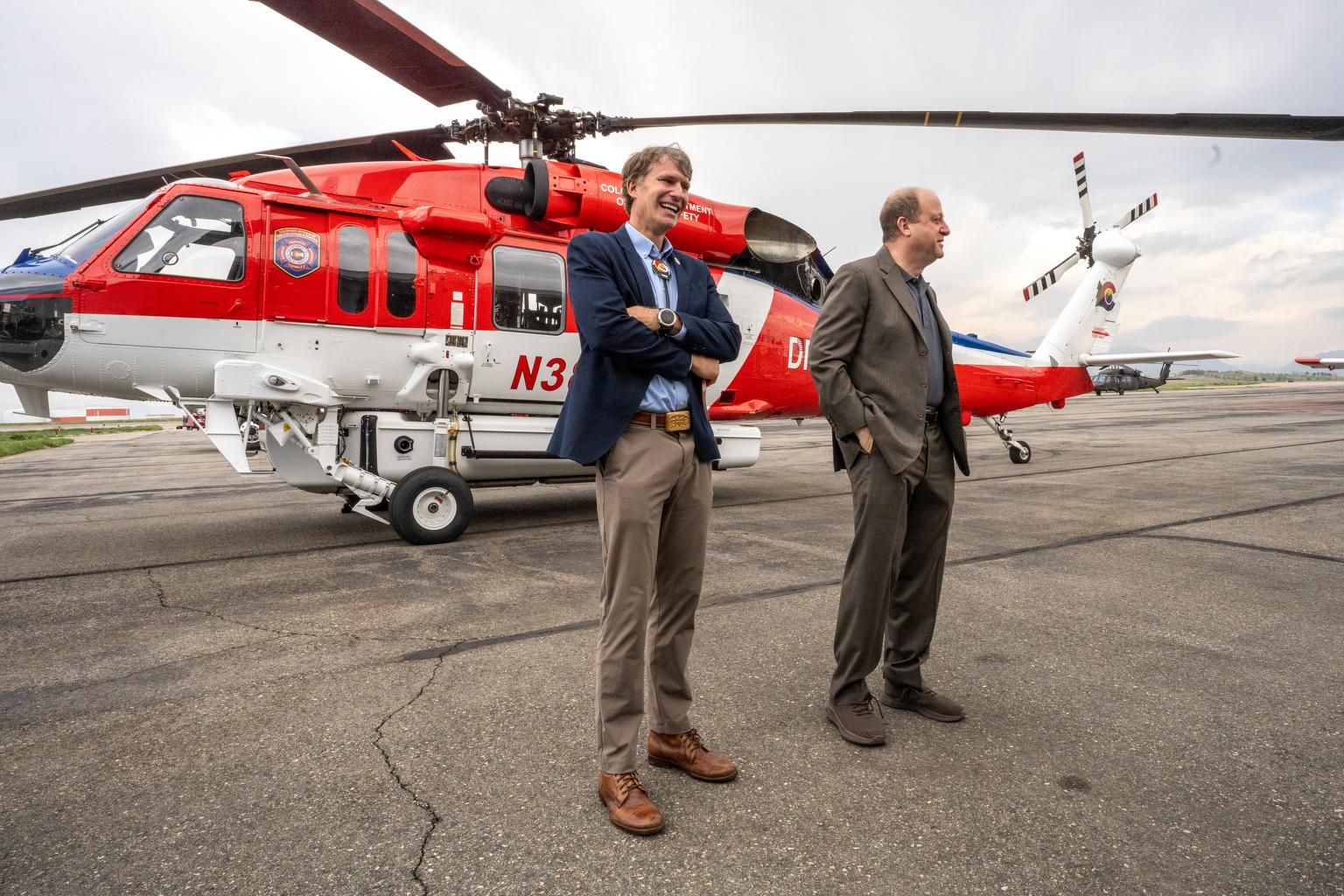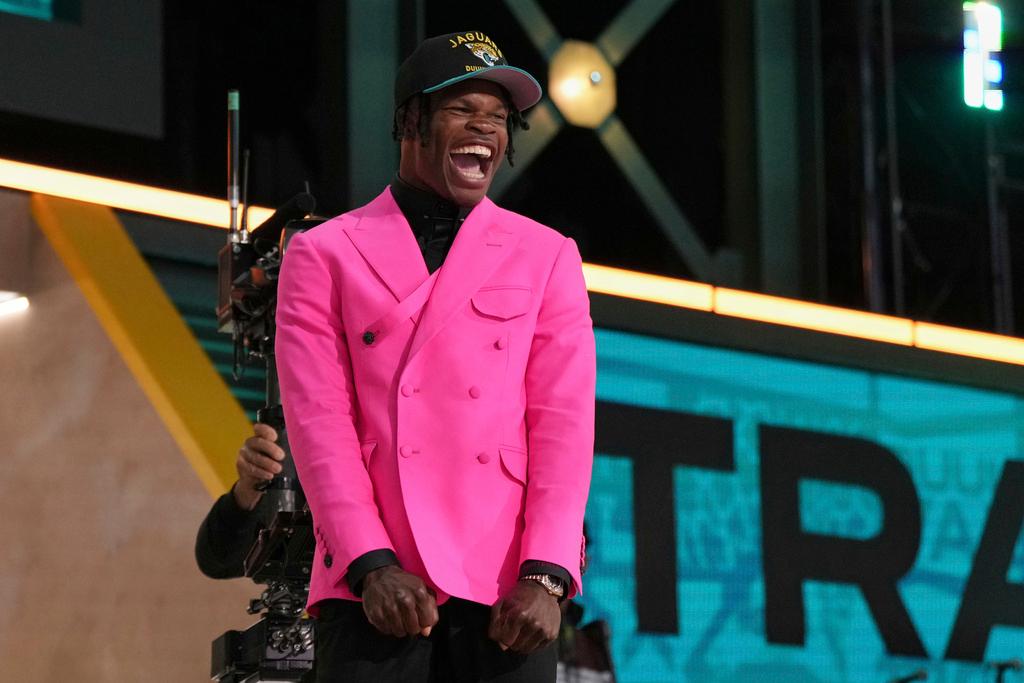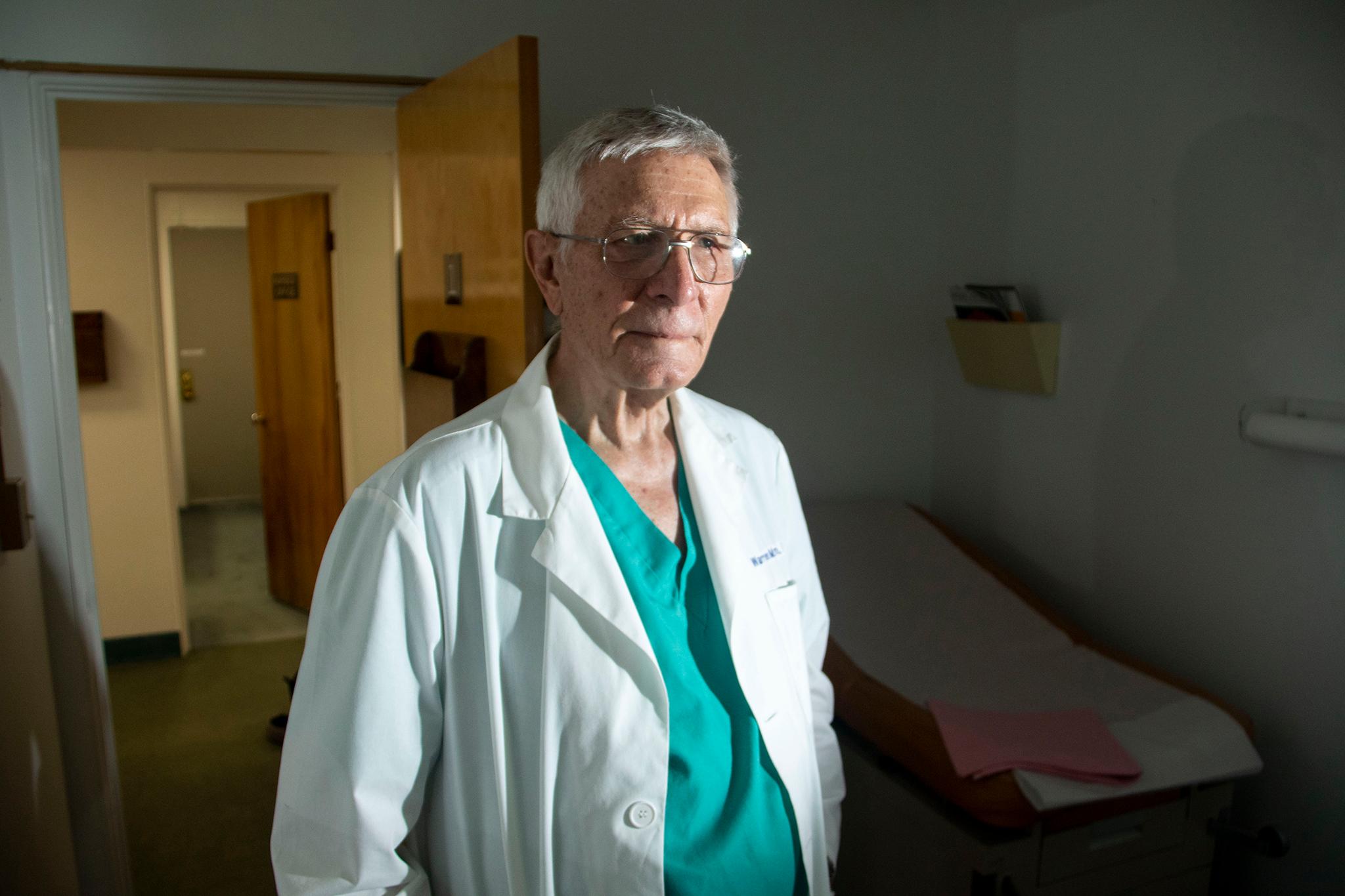Sixth grader Joey Rodriguez adjusts wind power blade for his experiment at the Stem Magnet Lab School.
Studies show that by fourth grade, a third of students have lost interest in science. A school in the Adams 12 district is bucking that trend. Its focus is STEM, that stands for science, technology, engineering and math. It’s the first “Kindergarten-through-8th grade” STEM school in Colorado. Its unique approach has proven so popular, the district just opened another one. In the second of her two-part series on teaching science, we look at how one school is re-writing how the subject is taught – and how that changes how students respond.
Here is a transcript of CPR’s education reporter Jenny Brundin’s report:
Reporter Jenny Brundin: Penny Eucker spent a lot of time in and out of science classrooms. It was part of her job as her district’s science coordinator. A lot of times though, what she saw disturbed her.
Penny Eucker: They were disengaged, some would have their heads down. It was a heartbreak to walk into a high school classroom and the teacher delivering what they considered their finest delivery, and students with ear-buds in, heads-down.
Reporter: Even the students who were paying attention didn’t cheer up Eucker because she had spent time in industry and didn’t think they would cut it either.
Eucker: Your highly compliant students, your AP students, are busy taking notes, they’re recording everything but I knew what they’re learning and how they’re learning it will not prepare them for what they have to deliver in the workplace.
Reporter : They have to deliver critical thinking, solving problems actually related to real life. So Eucker went on a mission to find schools doing this. But she couldn’t find any. None. Even fancy schools with “science” in their names weren’t doing anything close to the critical thinking, creativity and risk-taking she envisioned. She wanted children in charge of their own discovering. So she got together with industry partners and they designed a curriculum grounded in the real world. She mixed in all the best ideas she’d seen over the years to create: the STEM Magnet Lab.
Students in class: Is it the same as that one? It has baking soda and calcium chloride.
Reporter : Most STEM schools start in middle school. Eucker knew, to be a game changer, hers had to start in Kindergarten. Get kids hooked on science before they lose interest. Instead of lectures or hands-on learning that follows cookie-cutter instructions, projects created by students would be central. And using that style of teaching not just in science classes, but all subject. In a nutshell:
Eucker: It’s a shift of energy from the teacher to the student.
Reporter : What does that mean exactly? OK let’s take wind turbines. In a typical science class, a teacher tells you something like, it transfers kinetic energy from the wind into mechanical energy. Or you’d follow the exact experiment they first demonstrate for you. Here, the real key to learning here - is that kids create and build their own investigations.
Joey Rodriguez: Like with the blades we should do 30 degrees, 60 and 90.
Reporter : Joey Rodriguez and his partner Kyle Hoffman have to figure out something that would change the number of volts a wind turbine produces. They decide to test the angle of the blades.
Kyle Hoffman: Maybe those angles won’t work with the blades. We should probably test a ton of angles and see which ones work the best.
Reporter: Joey checks his design steps and glances at his written hypothesis. But after that – he’s free. Absolutely free to test out ideas, challenge his partner, throw out suggestions, build with his hands. It’s loud. And animated. Teacher Karen Johnson:
Karen Johnson: And you’ll notice that to have 7 or 8 groups of students doing different things can create a lot of stress but I’ve learned to just to put the learning in the hands of the kids.
Reporter: Not all teachers would be OK with that. But here, it’s the M.O. And, says art teacher Karen Bennett, teachers have to be cool with the fact that they might not know everything.
Karen Bennett: That’s really an honest relationship with your students. I don’t know? Let’s find out. And you share that enthusiasm. Let’s find out. You don’t have to know all the answers. You just have to know what a good question is.
Reporter: And the students seem to prefer that. Virtually every kid interviewed says what they didn’t like in their old schools was regurgitating onto work sheets what they heard teachers say. In fact, many kids here say they got in trouble at their old schools. But here they say, learning is “fun.” In social studies, they might do simulations of historical events. This kid likes that it’s a game, using lots of math and history.
Student: ... we have to write it all down and calculate it when we battle which is really fun because you have to do a whole bunch of push-ups and sit ups and in one you have to roll a quarter across the room. (fades under)
Reporter: To get kids to truly love science, school leaders believe it needs to overlap with art, music, history and other subjects. Problems are analyzed through different lenses --economic, environmental, whatever applies to the problem. Art teacher Karen Bennett:
Bennett: They’re thinking way, way outside the box. And that’s the kind of thinking we have to have for the 21rst century. How do you approach a problem from many different angles, become a divergent thinker, not a box thinker?
(ambience)
Reporter: Back in the 6th grade engineering class, Joey Rodriguez is trying a bunch of different ways to keep his blades from hitting the motor. He and his partner argue a bit over reverse polarity –
Hoffman: …white is input, black is output….
Reporter: Again and again, the kids get stuck on something, like hooking up the volt meter.
Hoffman: The wire on the tip is too thick. I’m trying to smooth it out.
Reporter: But again and again, they try something different to figure it out.
[ambience of sanding sound]
Reporter: And just before the class is about to end –
Hoffman: Now we’re getting volts! Wait hold on, I want to test something.
Reporter: Joey Rodriguez looks satisfied. In two years, he’s gone from a kid who didn’t like learning, who didn’t think he was good at anything, to a good student. In fact, test scores show the STEM Magnet Lab is tops in 4th grade math – 100 percent of students at grade level or above, with 82 percent proficient in 5th grade science – the district average is 45 percent. The school has received national attention and about 30 local schools have visited to see the model in action.
(ambience of ukele and kids dancing)
Reporter: Teachers say the model couldn’t work without this: bosses who give them the freedom to take risks and experiment, and bring their interests into the classroom. Today 5th grade teacher Kurt Helfrich’s class is learning dance moves as he plays the ukulele. The former surfer and rock n’ roller admits teaching here is a lot of work.
Kurt Helfrich: It is (laugh). It is very intense here!
Reporter: But the freedom to be creative and work with teachers who share his passion about what can be done with students is what makes this school different from any other he’s taught in.
Helfrich: I waited two decades to get in a place where this would happen and now it’s happening. It’s exciting!
(ambience of electric guitar and kids singing)
[Photo: CPR]

